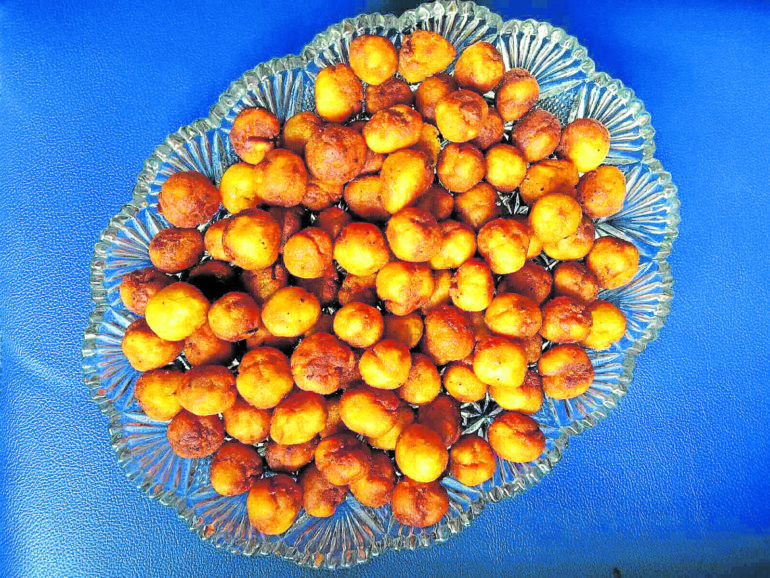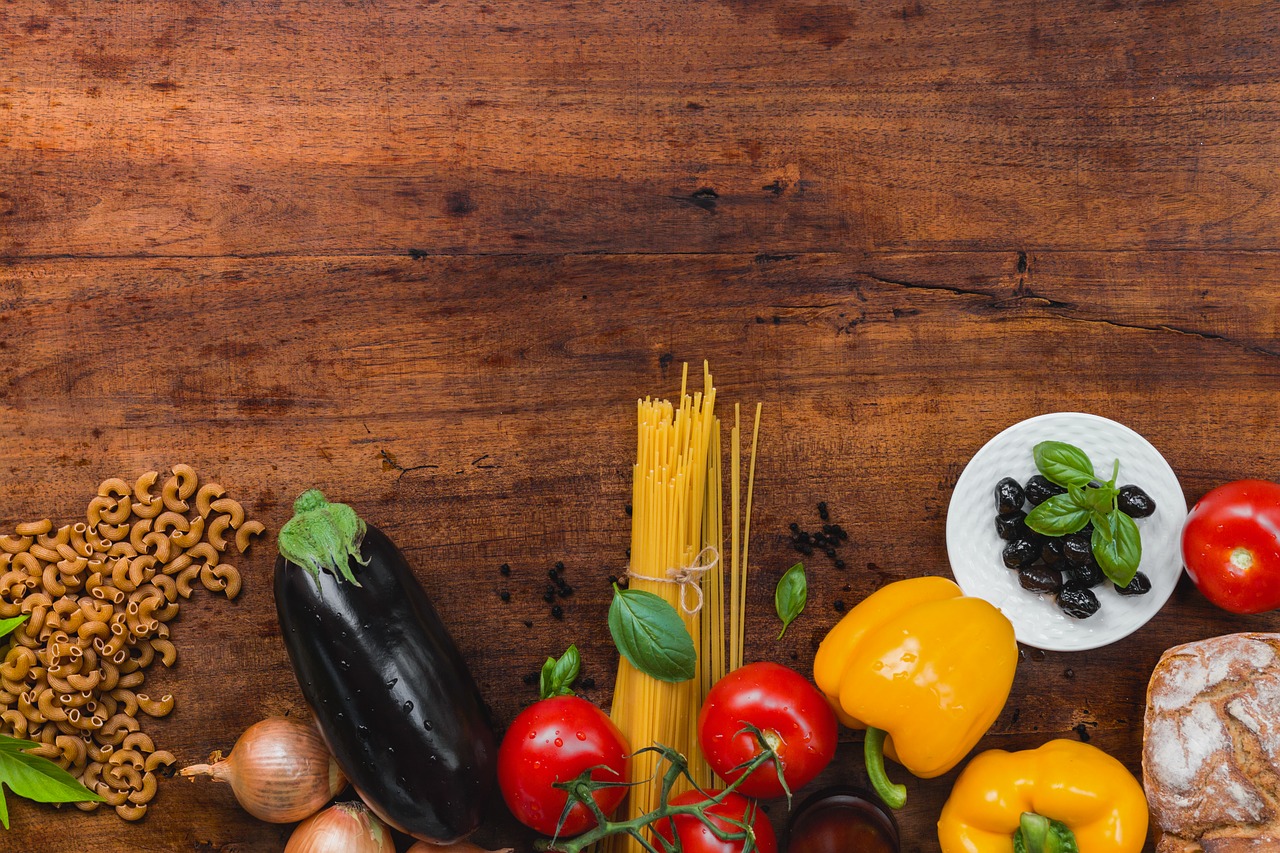According to the Philippine Daily Inquirer, I am 88. Unlike other oldies, it seems I cannot rest as much as I want to. Not if you have 14 apos and four apo sa tuhod. It seems it has already become a habit for all of them to depend not on their moms, but on Lola, for snacks any day of the week. For example, there is one apo whose only joy, I think, is Lola’s champorado, and nothing else.

Lita Andres Villanueva on her 88th birthday on Sept. 29: “Unlike other oldies, it seems I cannot rest as much as I want to. (Photo / Provided by the Philippine Daily Inquirer)
I had collected recipes and compiled them in a thick black notebook. I told my children that it was my pamana for them: all tried-and-tested recipes. Sadly, Tropical Storm “Ondoy” (international name: Ketsana) beat them to it, as the notebook was destroyed during the floods.
So, I started another black book. I get the recipes from two broadsheets, magazines, neighbors, friends, relatives, barkadas and a co-church worker. A special recipe was sourced by a good friend from a magazine she was reading during her beauty routine in a neighborhood salon.
A church coworker has perfected her recipe for the church’s many potluck gatherings. Additionally, a neighbor’s helper in the apartment where we lived years ago graciously shared a recipe for a simple afternoon snack.

Camote Balls. (Photo / Provided by the Philippine Daily Inquirer)
Camote Balls
1 kg camote (preferably yellow variety)
1 c all-purpose flour
1½ c white sugar
Oil for deep-frying
Boil the camote. Peel and mash. Add flour and sugar to the mashed camote. Mix well. Form into small balls. Deep fry till golden brown.
Banana Fritters (Maruya)
1 bunch ripe saba bananas
1 egg
1½ c water
½ tsp salt
4 Tbsp milk
1 c all-purpose flour
2 tsp baking powder
2 Tbsp white sugar
Oil for deep-frying
Slice each saba diagonally into 3-5 slices. Set aside.
In a big bowl, beat the egg. Add water, salt and milk. Add the flour, baking powder and sugar into the egg mixture. Add the sliced saba into the bowl. Mix to fully coat the saba with the batter.
Drop each slice of batter-coated saba into the medium-hot oil. Cook until golden brown.
Mock Saba Cobbler
Filling:
12-14 pc ripe saba bananas, thinly sliced
½-¾ c water
¼ c butter
¼ c brown sugar
2 tsp calamansi
¾-1 Tbsp cinnamon powder
¼ tsp nutmeg (optional)
Mix all the ingredients, and spread onto a big Pyrex pan. Set aside.
Crumble:1½ c all-purpose flour
¾ c brown sugar
¾ c cold butter, cut into pieces
Combine all ingredients above, until mixture resembles coarse crumbs. Spread on top of the bananas.
Bake in preheated oven at 375ºF for 25-30 minutes, or until crumble is golden brown.
Serve with vanilla ice cream, if desired.
Biko
1 kg malagkit rice (preferably milagrosa round grains)
6 c brown sugar
5-6 c gata (coconut cream)
Prepare bilao: Line with aluminum foil, and top with banana leaves (which have been cleaned and softened over a stove flame). Set aside.
Cook the malagkit rice in a rice cooker, with about 7 cups of water; it shouldn’t be too mushy. Set aside.
In a big kawali, boil the coconut cream (1 cup water may be added). Stir occasionally. The gata will turn into coconut oil. Stir until the latik is formed. Set aside the latik (for topping), and leave enough oil in the kawali.
Put the cooked malagkit rice into the oil. Add brown sugar. Over low heat, mix and stir continuously until the oil is incorporated into the malagkit rice and sugar, until thick.
Spread the cooked biko onto the prepared bilao. Sprinkle the cooked latik on top of the biko.
Note: The main attraction of the biko is the amount of latik. The latik from this recipe should cover almost the entire biko in the bilao.
—CONTRIBUTED
Philippine Daily Inquirer mentions, the author, 88, also spends her time reading, watching K-dramas and clipping various articles from newspapers. Before the lockdown, she would join the neighborhood ladies in an afternoon game of mahjong weekly.







